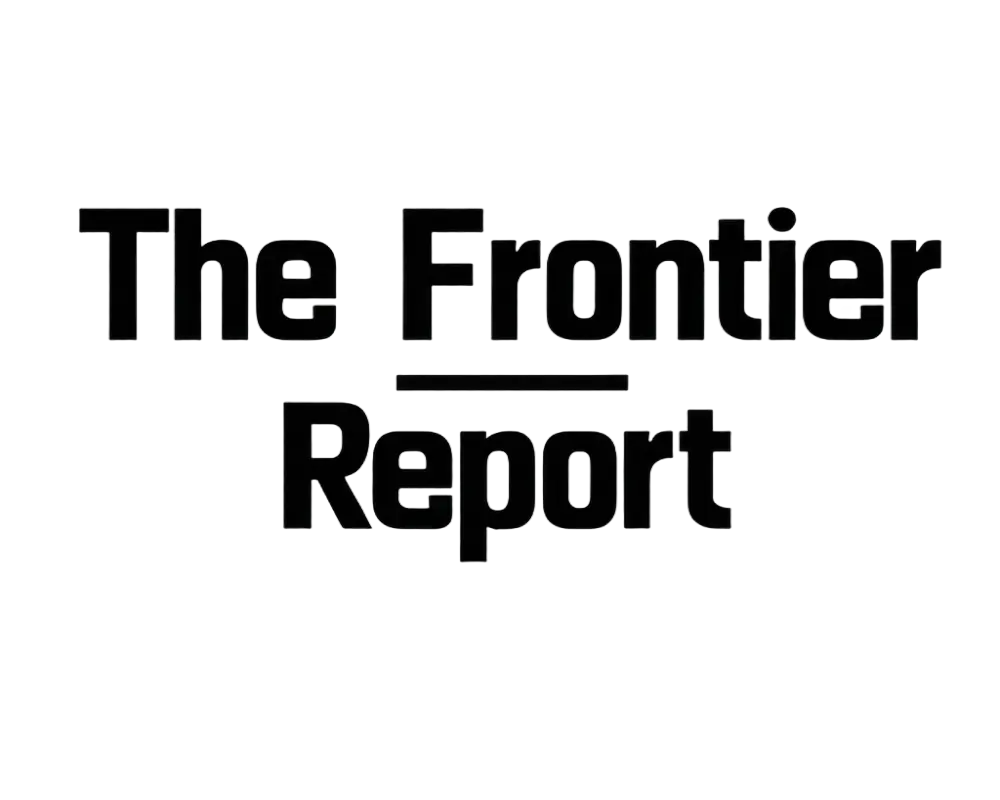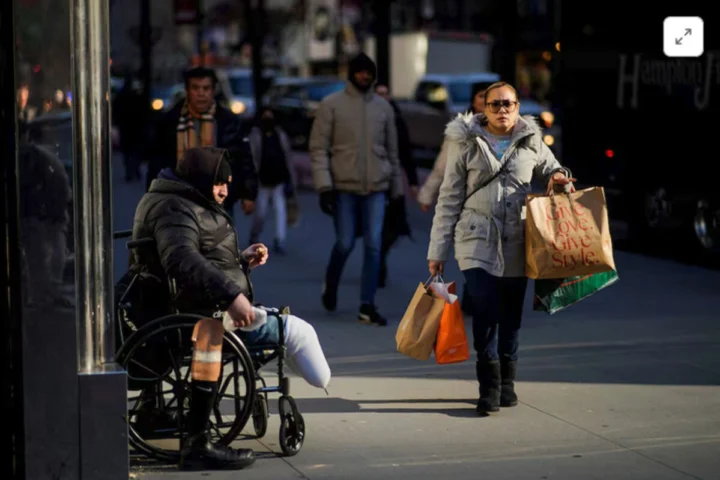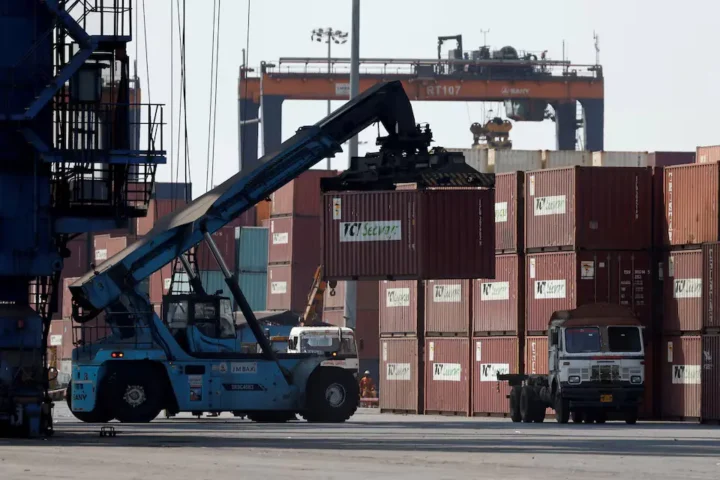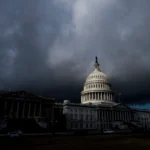The U.S. labor market—long a pillar of the post-pandemic economy—is starting to wobble. Initial jobless claims rose by 7,000 last week, hitting 226,000, the highest since early July. This increase, while not massive, follows a sharp rise in continuing unemployment claims and suggests trouble may be building beneath the surface.
Behind the numbers are real concerns. Slower hiring, stubborn inflation, and growing job uncertainty are combining into a mix that economists are watching closely.
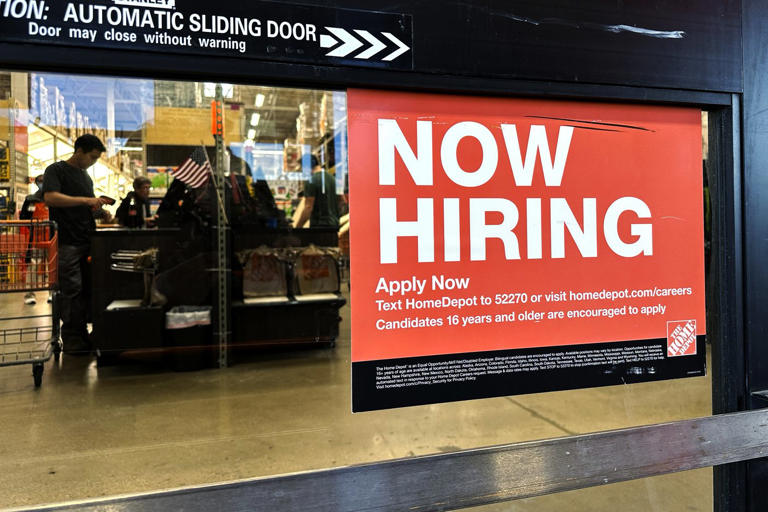
Unemployment Claims Are the Red Flag
The real warning signal isn’t in the weekly blip of new claims. It’s in the 1.97 million people still receiving unemployment benefits—the highest continuing claims level since 2021. That’s a problem. It means workers aren’t just losing jobs. They’re not finding new ones either.
Analysts say the job market is cooling fast. The “reabsorption rate”—how quickly people land new jobs—is falling. Layoffs are just one part of the story. The bigger issue is that fewer companies are hiring.
Reasons? Some companies are freezing hiring. Others are using automation to reduce staff. Some sectors are just running out of open roles.
Fed Has Less Room to Maneuver
This slowdown puts pressure on the Federal Reserve. They’ve been trying to fight inflation without wrecking the economy. But with unemployment rising, their tightrope just got thinner. If they keep rates high, they risk tipping the economy into recession. If they ease up, inflation could stick around longer.
Some economists are now talking about a “stagflation-lite” scenario: weak job growth plus high prices. It’s one of the worst-case outcomes. The markets are reacting. Bond yields dipped. The dollar slipped. Everyone’s waiting to see what the Fed does next
Regional Trouble Spots and Sector Pain
The pain isn’t spread evenly. Tech hubs, Rust Belt states, and factory towns are seeing bigger jumps in claims. Startups can’t raise money, so they’re cutting jobs. Big tech firms are trimming quietly. Construction, retail, and other interest-rate-sensitive sectors are also pulling back.
On the flip side, some sectors are still doing okay. AI and green energy companies haven’t hit the brakes yet. But they’re not expanding like they were a year ago.
Still Not a Crisis—Yet
Despite the warning signs, things haven’t fallen off a cliff. Officials say the jobless numbers are still within a “normal” range for a cooling economy. Some businesses still say they can’t find enough workers. Wages remain high in areas like hospitality and healthcare.
But there’s a big “if” hanging over this optimism. If claims keep rising, and people stay unemployed longer, the mood could shift fast.
Some labor experts say this might just be a return to normal. The labor market has been overheated for years. Maybe this is just a cooldown. Others aren’t so sure.
What to Watch Now
The next few weeks are key. More claims could mean more pressure on Congress and the Fed to act. That might mean new stimulus, job training programs, or even interest rate cuts.
If job insecurity rises, people will spend less. That could trigger a feedback loop: less demand, fewer sales, more layoffs. It’s happened before.
For now, the 226,000 claims are just a number. But combined with the 1.97 million continuing claims, they paint a picture of a labor market that’s slipping—not crashing, but definitely losing its grip.
In this economy, even a small move can turn into something big. Policymakers—and workers—are hoping it doesn’t.

